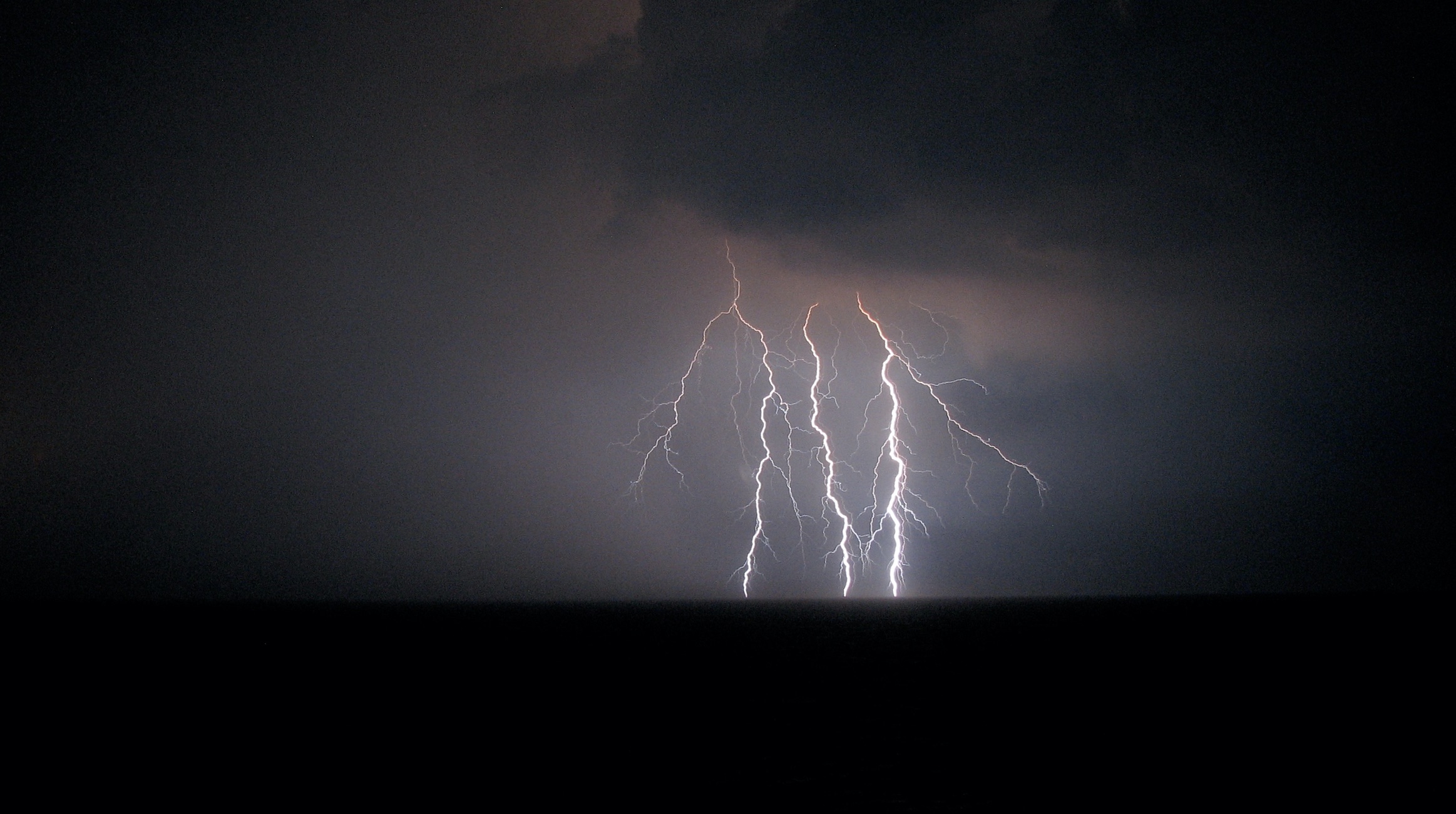 Intelligent Design
Intelligent Design
The Path to Technology Was Built into Nature

Editor’s note: We are pleased to present a series adapted from biologist Michael Denton’s book, Fire-Maker: How Humans Were Designed to Harness Fire and Transform Our Planet, from Discovery Institute Press. Find the whole series here. Dr. Denton’s forthcoming book, The Miracle of the Cell, will be published in September.
Another intriguing element of fitness in nature, which must have first introduced our ancestors to the phenomenon of fire, is the existence of natural fires, caused by lightning strikes and other natural phenomenon, such as lava flows from volcanoes. Without recurrent natural fires in the environment, it is hard to see how man could ever have conceived of the phenomenon and attempted to mimic nature by initiating fire himself.
A strong hint that this is so is the fact that, as the authors of a recent paper point out, man’s utilization of fire coincided with a period between two and three million years ago in tropical Africa, when the paleo-environmental conditions were progressively fire-prone.1 Restricted to the high arctic, to wetlands, or to treeless deserts, humans would never have witnessed fire, let alone understood or mastered its primeval powers and potential!
Further Strokes of “Luck”
The development of metallurgy depended on other “lucky” elements of fitness as well. The existence of plentiful and common metal ore-bearing strata requires a variety of tectonic processes being “just right,” including magmatic, hydrothermal, and metamorphic processes.2
Yet another element of fitness in nature crucial to the development of metallurgy is the existence of woody plants, which provided the fuel for fire and the raw material for the manufacture of charcoal.
All these elements of fitness in nature for the development of technology, which were crucial to mankind’s rise to civilization, long preceded man’s arrival on Earth.
Our Genius Alone?
Our becoming a fire-maker, and thus a tool-maker, and eventually a voyager into space, the maker of the Curiosity, bee-sized drones, and a laser that can illuminate the moon, has not been due to our own genius alone. It has been due mainly to the fortuitous conditions on our planetary home and the set of propitious coincidences in the properties of matter that allowed us to harness the power of fire and initiated our long journey of technological innovation via ceramics and metallurgy to the industrial revolution, to electronic computers, and the 21st century. The path, it seems, was already built into nature.
Moreover, the path followed (from fire, to charcoal, ceramics, kilns, and metallurgy), would appear to be unique. No one to my knowledge has described an alternative path that might have been taken by our ancestors on Earth nor by exotic non-carbon based life forms inhabiting an alien exo-planet very different in chemical and physical condition to our own. And not only does the path appear to be unique, but only biological beings similar to modern humans, possessed of our android design and conscious creative agency on a planet similar to the Earth could ever have exploited the wonderful fitness of nature for fire and for metallurgy. This suggests that if there are extraterrestrial civilizations possessed of an advanced technology, they will have followed the same route, resemble closely beings of our biology, and inhabit a world similar to the Earth.
The conditions necessary for man to be a fire-maker are specific and comprehensive. In following posts I will explore in more detail some of the things that make harnessing fire — and thus the long march from fire to the technological advancements of the last few hundred years — possible.
Next, “Earth Is the Right Planet.”
Notes
- Parker et al., 54.
- “Ore genesis,” Wikipedia, May 9, 2016, accessed May 23, 2016, http://en.wikipedia.org/wiki/Ore_genesis.
